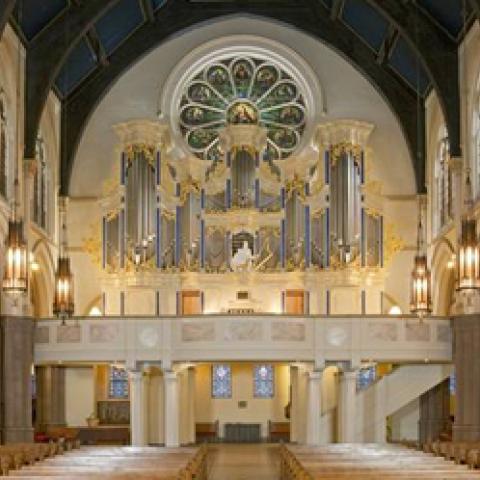
Eastman School of Music, University of Rochester, Rochester, New York, announces its 2018 Eastman Rochester Organ Initiative (EROI) Festival, Finding the Organ’s Voices, October 24–26.
The festival marks the tenth anniversary of three organ installations in Rochester: the Craighead-Saunders Organ (GOArt/Yokota/Arvidsson) at Christ Episcopal Church, the Halloran-All Saints Organ (Paul Fritts & Company Opus 26) at Sacred Heart Catholic Cathedral, and Taylor & Boody Opus 57 at First Presbyterian Church of Pittsford.
For information: www.esm.rochester.edu/organ/eroi.



